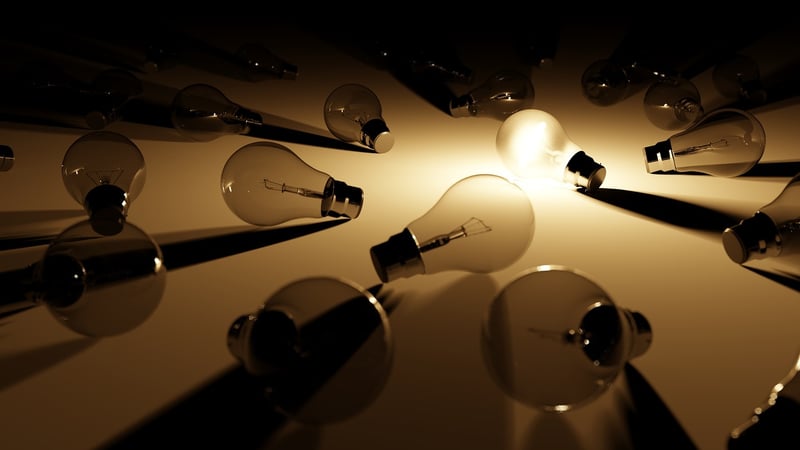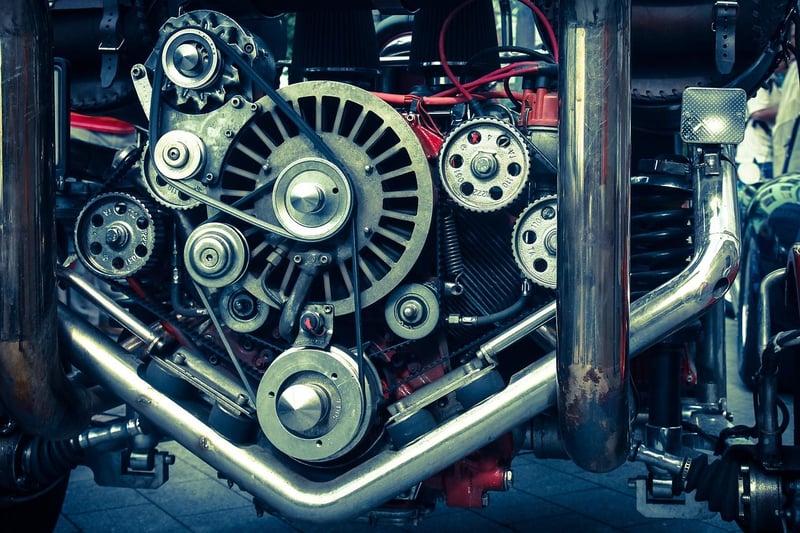Lighting Techniques
Capture Delicious Moments with Pro Lighting Techniques
Food photography is an art that entices the senses and captures the essence of culinary creations. To truly showcase the deliciousness of your dishes, mastering lighting techniques is essential. Whether you're a food blogger, a chef looking to promote your creations, or simply a food enthusiast wanting to share your meals with the world, these lighting tips will help you elevate your food photography game.
1. Natural Light is Key
When possible, always opt for natural light. Position your subject near a window or shoot outdoors to make the most of the soft, diffused light. Natural light brings out the natural colors of the food and creates a welcoming, appetizing look.
2. Use Reflectors and Diffusers
Reflectors and diffusers can help you control and manipulate natural light. Use a white foam board or a professional reflector to bounce light onto the food and fill in shadows. Similarly, a diffuser can soften harsh sunlight and create a more even lighting setup.
3. Experiment with Artificial Light
While natural light is ideal, artificial lighting can also yield stunning results. Invest in a good quality artificial light source, such as a softbox or LED panel, to create a controlled environment for your food photos. Play around with the position and intensity of the light to find the perfect balance.
4. Consider Light Direction
The direction of light can dramatically impact the mood of your food photos. Side lighting can create depth and texture, while backlighting can add a beautiful glow to the edges of your dishes. Experiment with different angles to see what works best for each dish.
5. Add Props and Backgrounds
Enhance the visual appeal of your food photos by incorporating props and backgrounds that complement the dish. Use textured surfaces, colorful fabrics, and relevant utensils to create a cohesive and inviting scene. Be mindful not to overpower the food itself.
6. Edit Wisely
Post-processing can enhance your photos, but remember that good lighting is key to a great shot. Use editing tools to fine-tune exposure, contrast, and colors, but avoid drastic alterations that may distort the natural look of the food.
By incorporating these lighting techniques into your food photography workflow, you can elevate your images and make your culinary creations truly irresistible. Experiment, practice, and have fun capturing delicious moments that will leave your audience craving more.

Remember, the key to great food photography is a perfect blend of creativity, technique, and lighting mastery. So grab your camera, set the stage, and get ready to capture mouthwatering moments that will make your audience's taste buds tingle!
